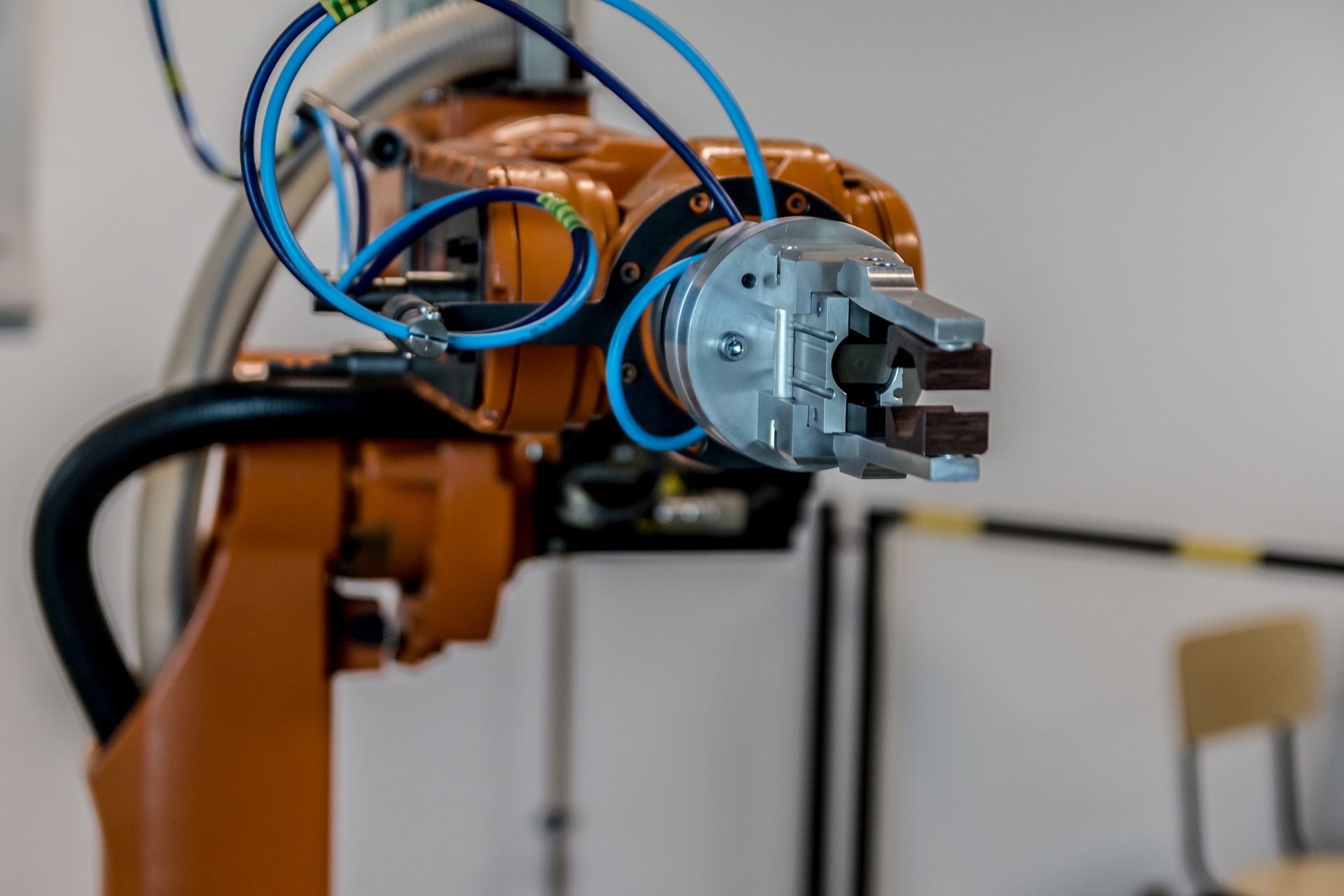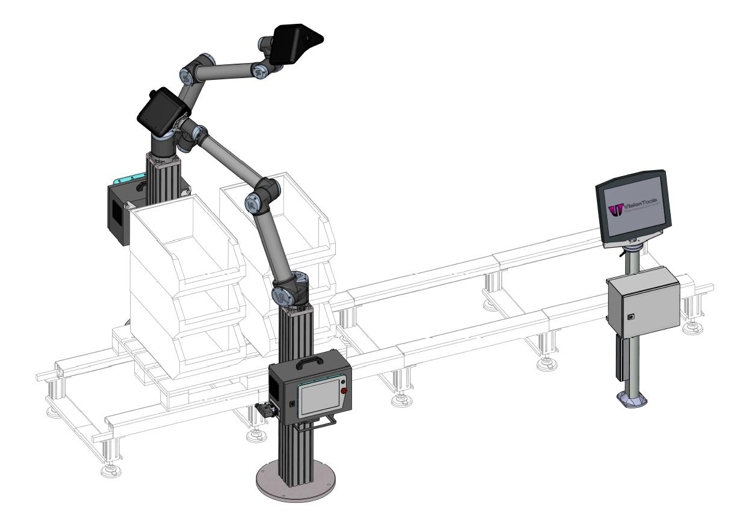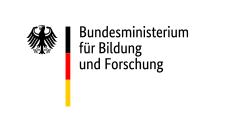
Rob-LPI
CAD-based planning of robot-guided camera systems for large-large-part inspection tasks
Context and project goals
Flexible, variant-rich and globally distributed production requires new approaches and solutions for the planning and implementation of optical inspection systems.
Rob-LPI (LPI = „Large Part Inspection“) aims at developing a planning and execution system for the robot-based inspection of large-volume assemblies. The approach is based on CAD data of the system and the inspected components including their possible variants. From this data, the optimal sensor and robot positions as well as a cycle-time-optimised and collision-free sequence plan for fulfilling the specified inspection tasks are determined automatically.
Using a sensor-realistic image synthesis, views from different camera positions and angles are generated in the simulation for all relevant features. These are the basis for a semi-automatic selection of suitable camera positions for the component inspection. In addition to an automatic ranking, image processing experts can also be involved in this process. The automatic, collision-free trajectory planning determines an initial robot trajectory, optimises the movements and minimises the risk of material damage.

Innovation and prospects
With the completion of the project, the participating project partners will have gained the expertise and technical implementations in the form of hardware and software at their disposal to be able to virtually plan inspection tasks for large-volume components with one or more robot-guided camera systems, to calculate robot paths collision-free in advance and to simulate the entire inspection process. The real-time, collision-free path planning will also be available as an online module for operation.
Status
Completed project 09/2017 — 12/2019
Project partners
Contact
Project manager
Prof. Dr.-Ing. habil. Björn Hein
Phone: +49 (0)721 925-1942
bjoern.hein@h-ka.de
